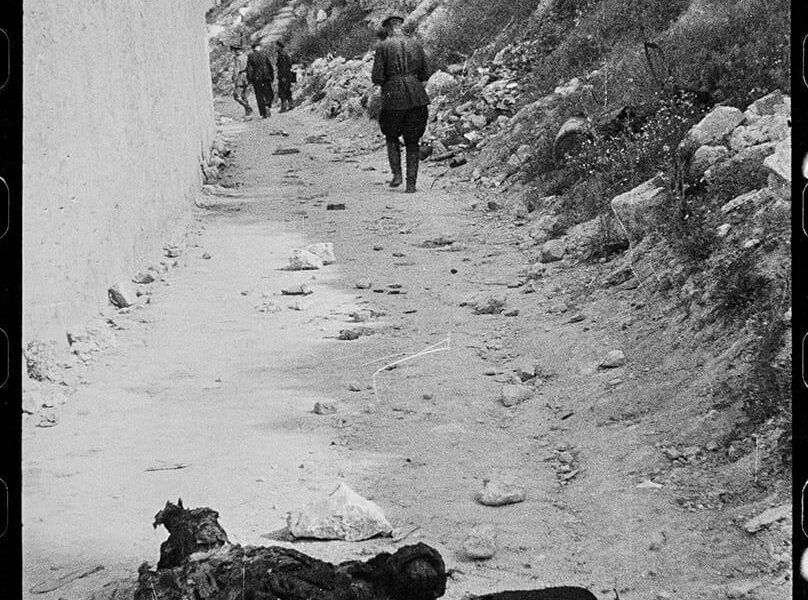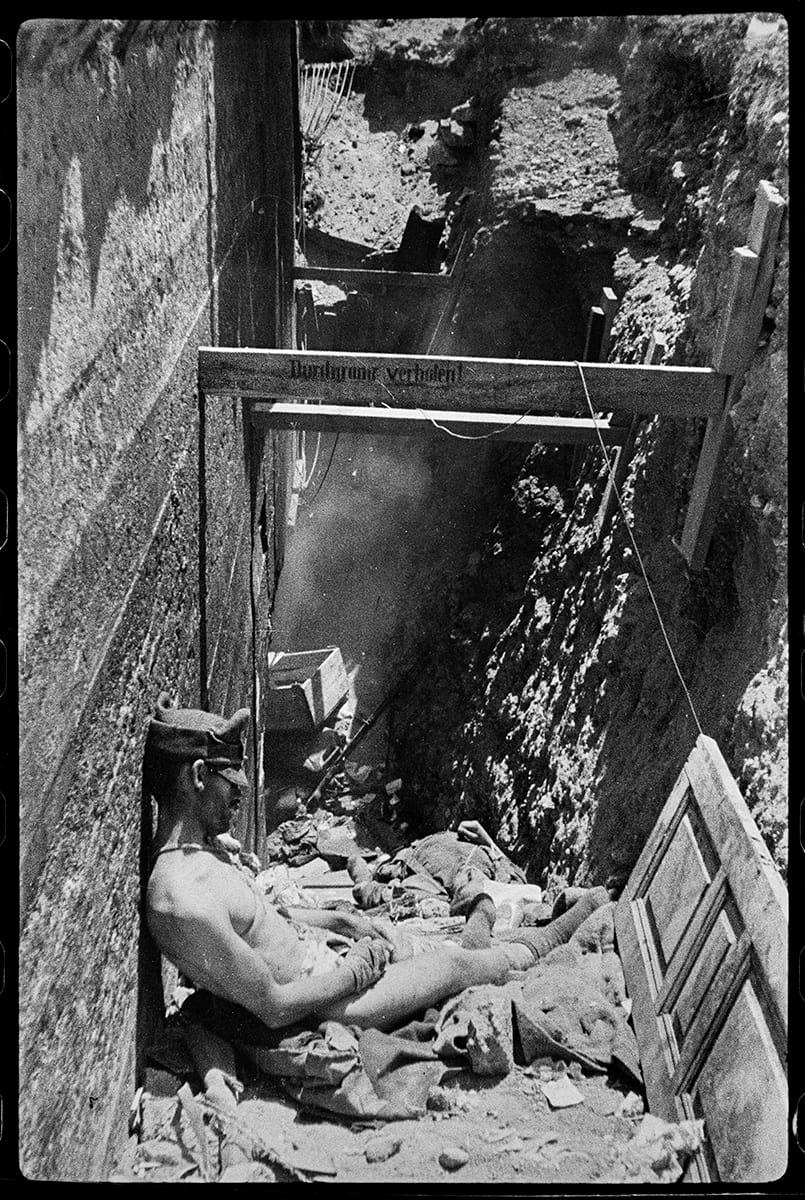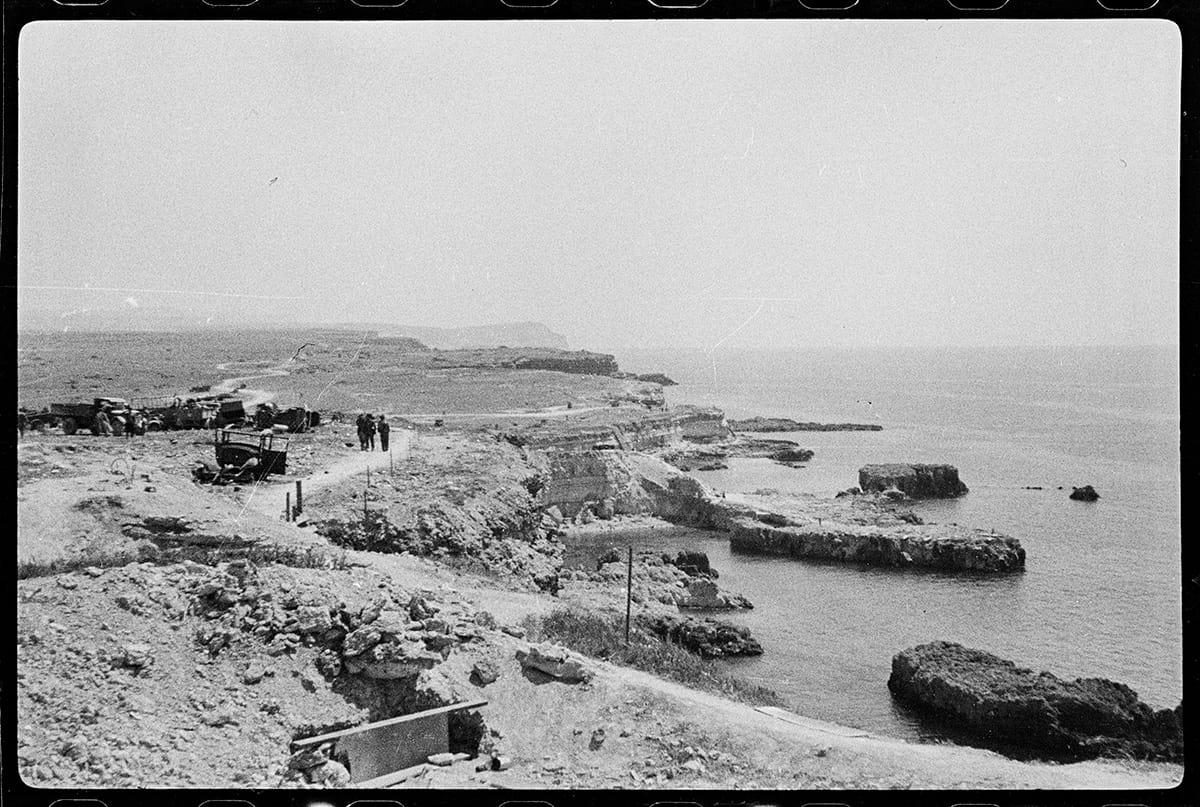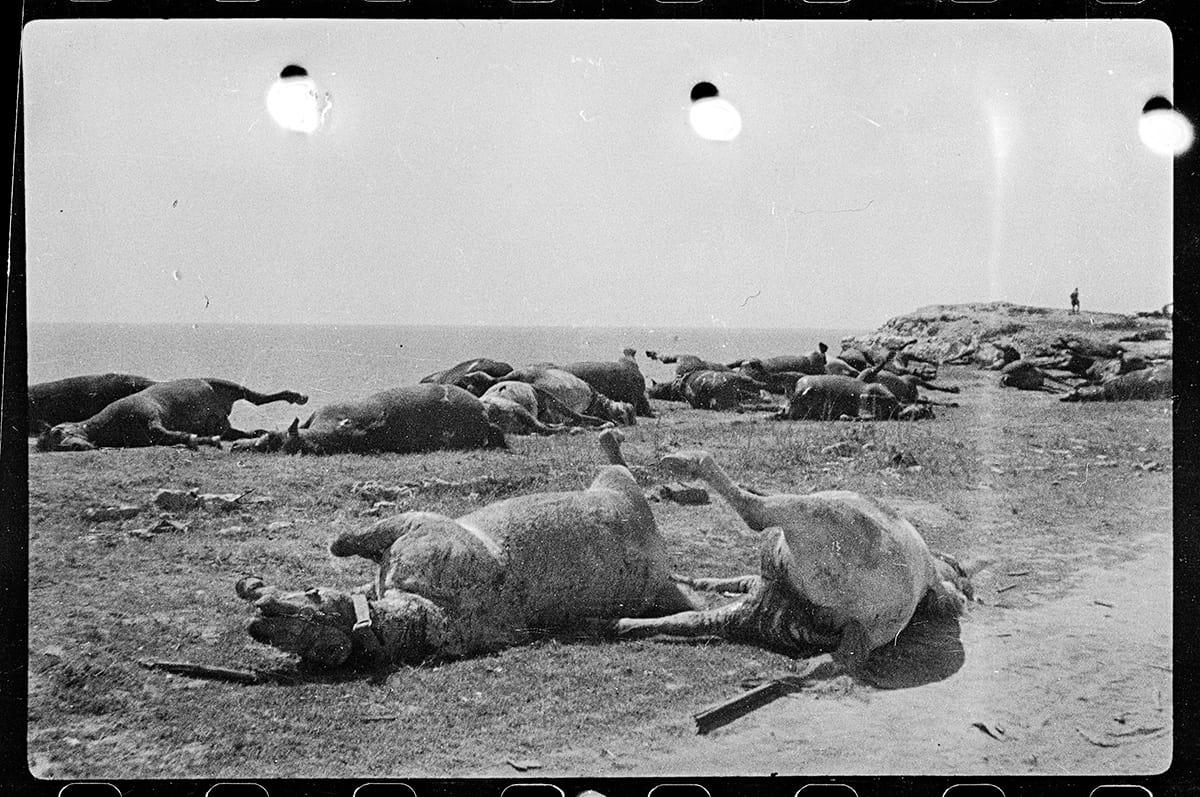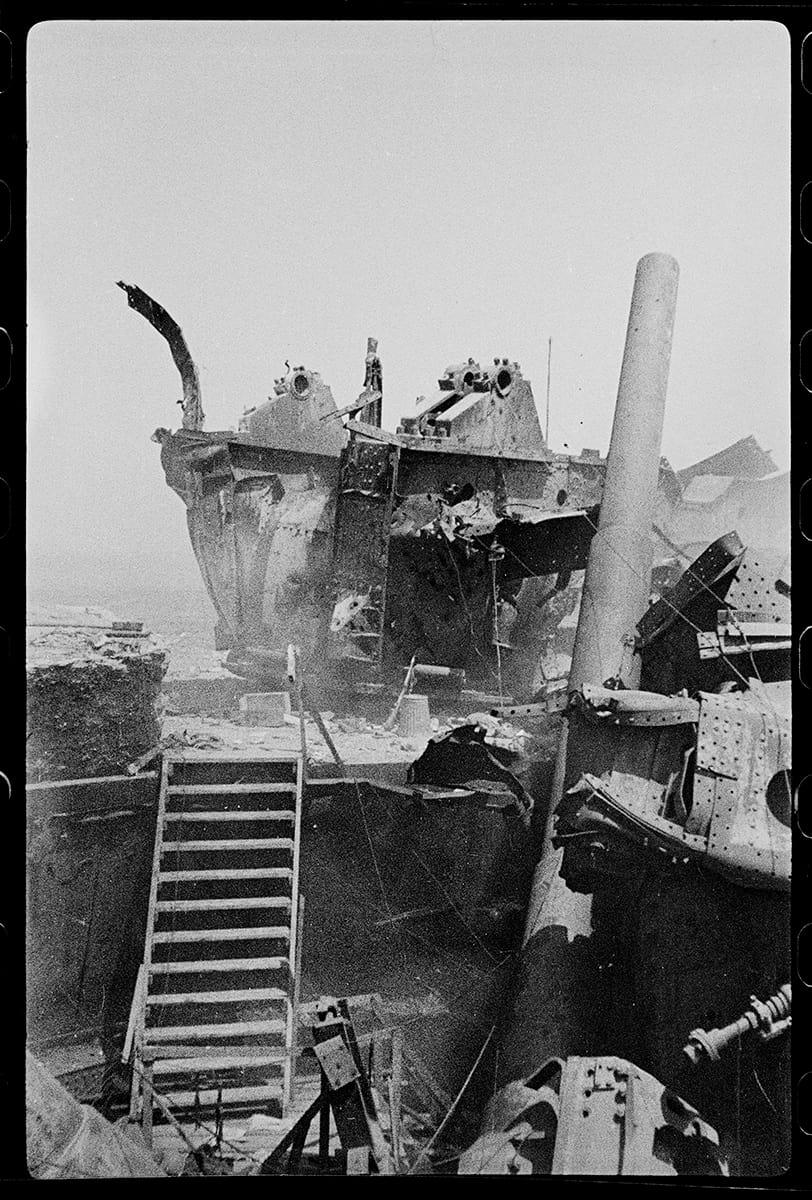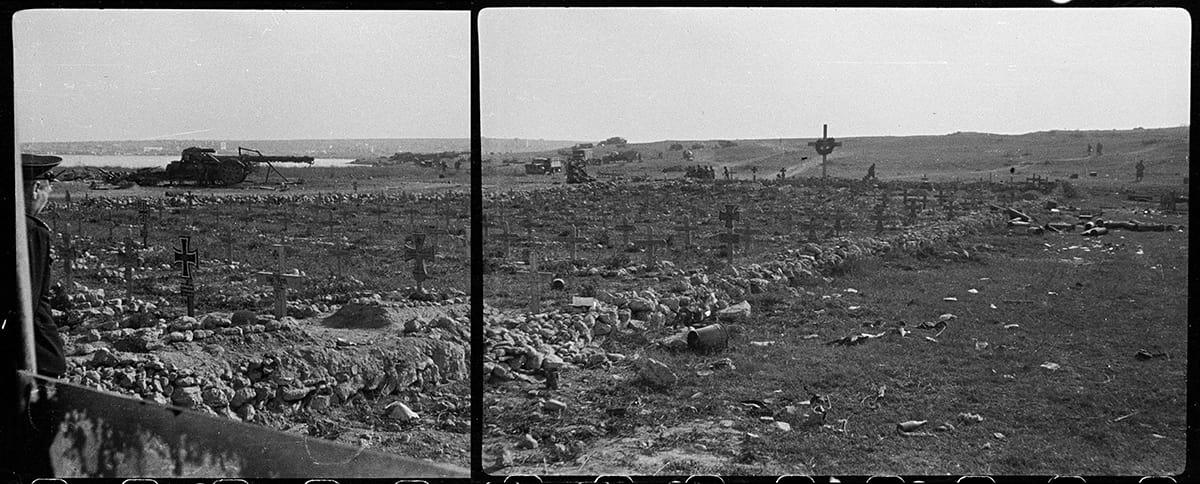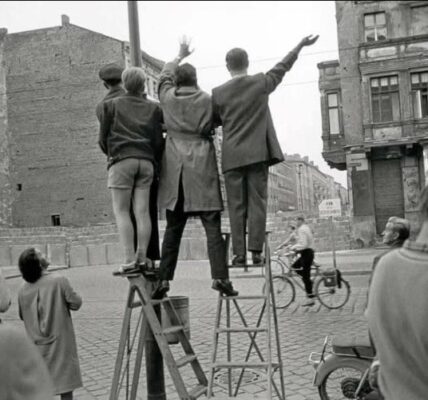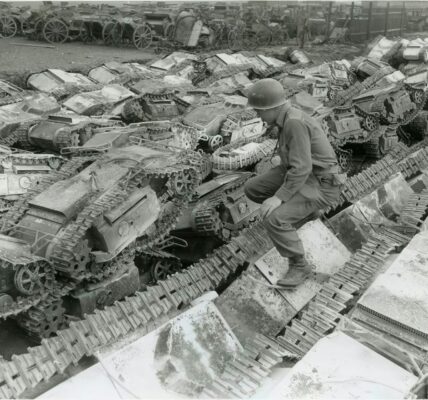Valery Faminsky, born in Moscow in 1914, worked at the Aviakhim plant before the war, where he had his own photo laboratory. Despite having eyesight and so called “white ticket”, that exempted him from military service, Faminsky actively sought to go to the front from the beginning of the war. However, he was told that a “blind photographer was not needed”. It was not until 1943 that Faminsky, thanks to his stepfather artist Kotov, became a photo correspondent for the Military Medical Museum of the Red Army. He was sent to the war together with artists to capture the medical aid provided to wounded Red Army soldiers at the frontline. Faminsky documented the war on 7 fronts, including the capture of Berlin. For his contributions, he was awarded the Order of the Red Star and the Order of Patriotic War II degree. Despite having only one exhibition during his lifetime, Faminsky was unjustly forgotten by time.
When I started to look at these unknown frontline negatives, I realized that I had never seen anywhere these photographs, neither in books, nor at exhibitions in museums. It was noticeable from the photos that Valery Faminsky was sincerely interested in the destiny of people on both sides of the barricades.
After the numerous publications of this archive, in January 2017, I got a call from a woman who turned out to be the granddaughter of the photographer. She did not even know that her grandfather’s archive had survived to this day. The photographer’s granddaughter told me many details about her grandfather, with whom they were very close.
Nowadays the name of Valery Faminsky is permanently included in the history of World War II photography, and his pictures are shown together with those of the greatest photographers of that time.
